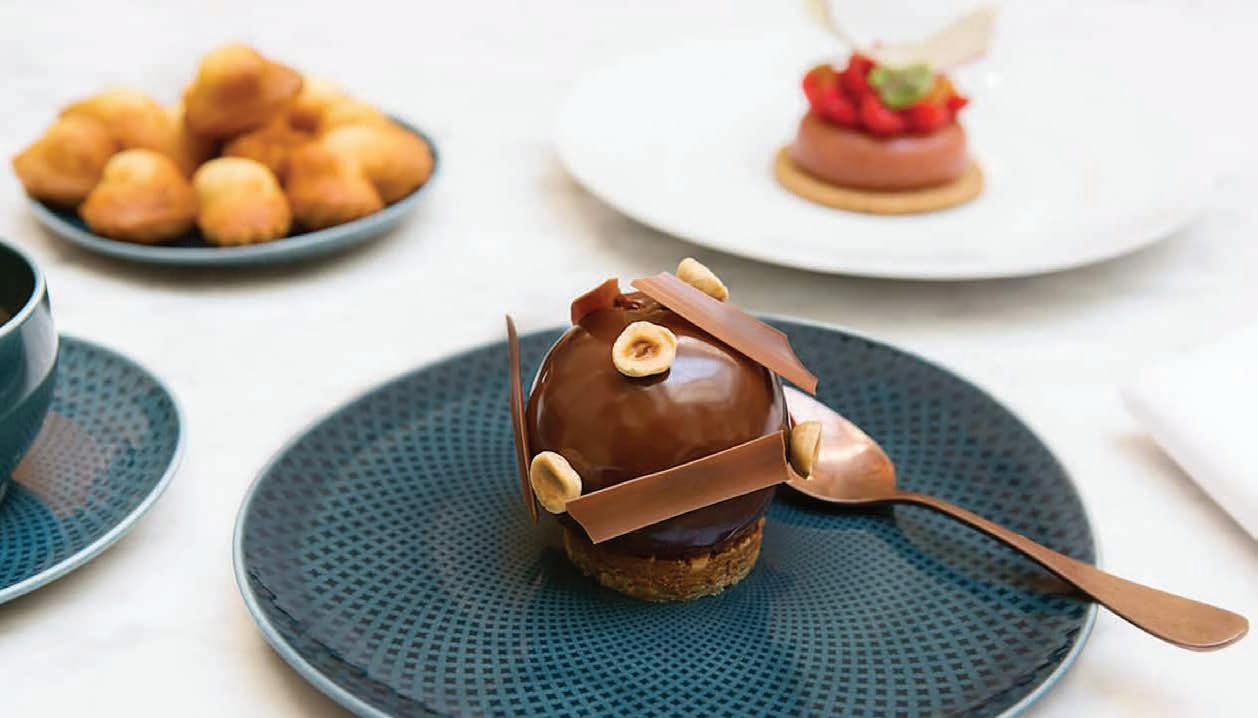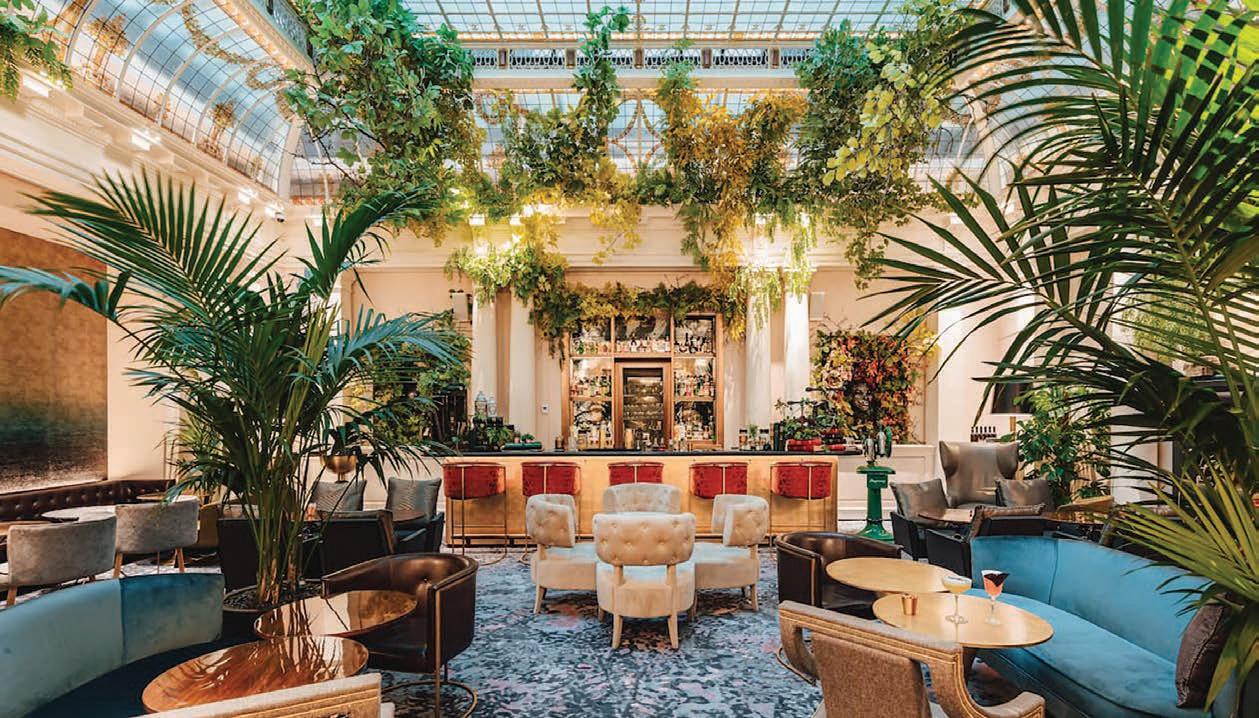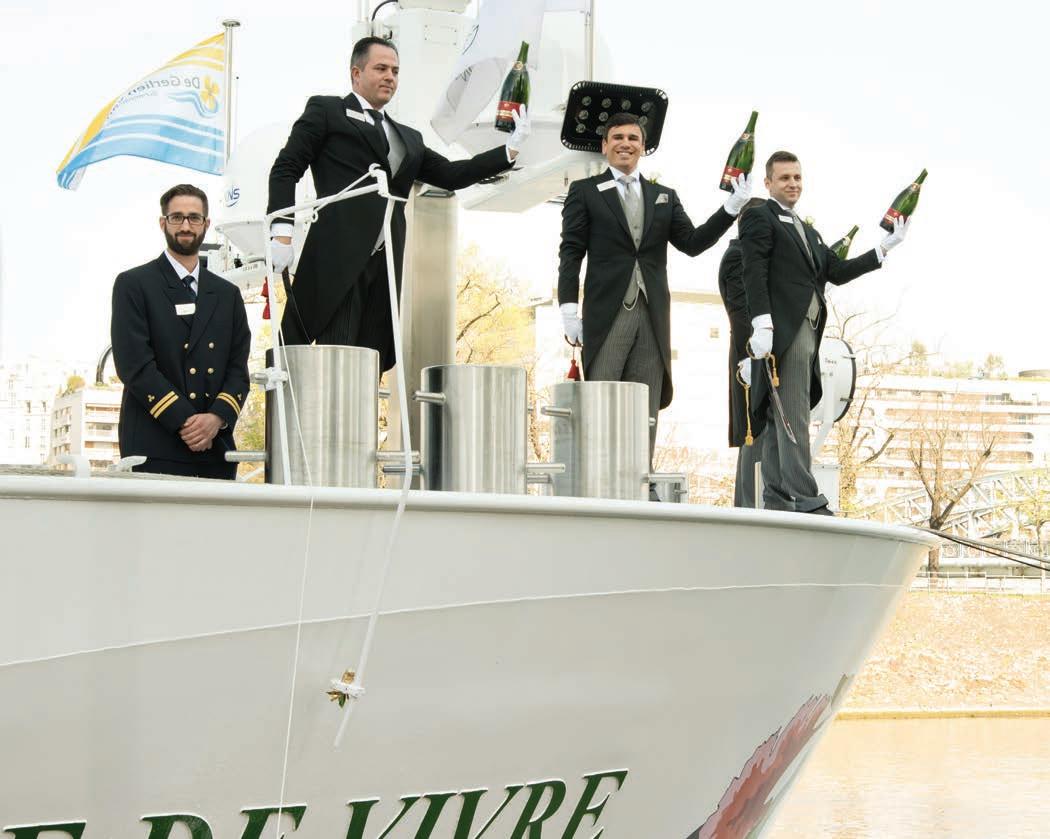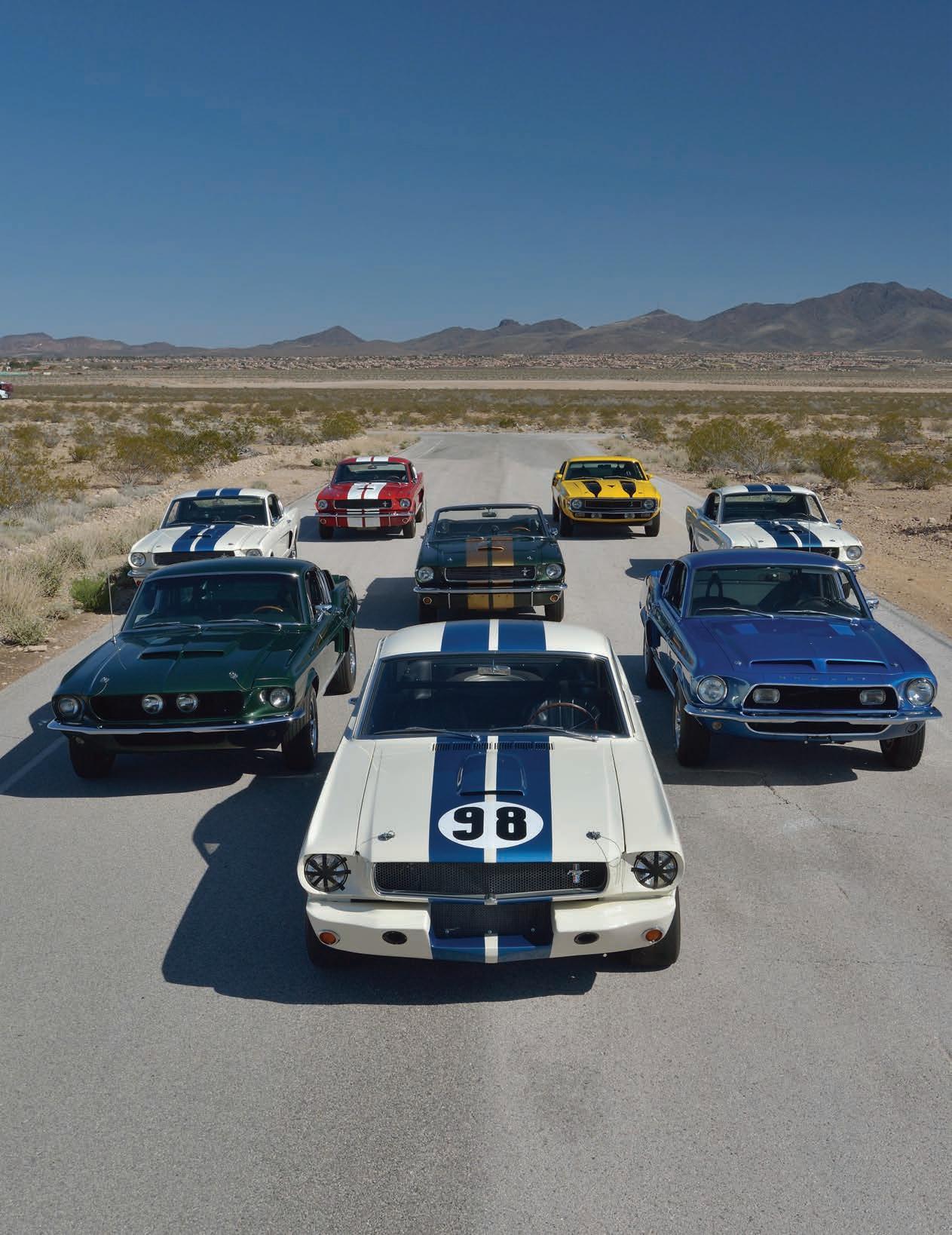
4 minute read
Imperial Elegance
The Hotel du Louvre delights on every level
Written by Jeffrey Cohen
Commissioned by Emperor Napoleon III, and opened in 1875, the Hôtel du Louvre was the first grand hotel in Paris. With many innovative features for its era, including steam-powered elevators and multiple bathrooms to serve its 700 guestrooms, this grand edifice was well ahead of its time in terms of amenities and luxurious accommodations. Located between the Musée du Louvre, the Palais Royal and La Comédie Française, the Hôtel du Louvre is ideally situated for guests to relax and discover the City of Lights like true Parisians.
Following eight days plying the waters of the River Seine aboard the luxury yacht S.S. Joie de Vivre, my family and I spent our final night at a more terrestrial address before our return flight to Indianapolis. There was still much to explore, not to mention several hundred restaurants to consider, before heading home.
Following a top-to-bottom renovation that lasted two years, the Hôtel du Louvre reopened its doors in 2019 as part of Hyatt’s Unbound Collection. This is prime Paris real estate; the Second Empire monument gazes at the Palais Garnier down the Avenue de l’Opera, and it is just a stone’s throw from the Palais Royal gardens. For students of history and art, the location could not be more convenient: we found ourselves within easy walking distance of the Musée National Picasso, as well as the groundbreaking Centre George Pompidou, still shockingly avant-garde after nearly 50 years. Right around the corner is La Comédie Française, the oldest theater company in the world, made famous by the playwright Molière, whose satires even today remain as brutally sharp as ever.

Sleek Parisian design meets European comfort in luxe accommodations.
Post-renovation, the hotel now offers 164 rooms, including 57 suites. Shared bathrooms are a thing of the past; the revamped accommodations are both spacious and tastefully contemporary, with floor to ceiling picture windows and an abundance of daylight. Our suite offered a balcony with an exceptional view down the Avenue towards the Louvre and the Palais Royal.

A cozy corner of the Brasserie du Louvre resembles a vintage French kitchen, with cabinetry designed to look like a La Cornue stove.

Les patisseries par excellence
Arriving mid-afternoon from our cruise ship on the Seine, and making short work of unpacking our essentials, my wife and children headed over to the Eiffel Tower. Even though the great iron edifice has stood solid as a rock for almost 130 years, my fear of heights ensured I was irrationally nervous that it might somehow rust away as I approached the summit, or I might otherwise plunge over the guardrail to a spectacular death below. It was thus that I found myself comfortably ensconced in the hotel’s magnificent bar, L’Officine du Louvre, a unique space filled with light from the original glass roof, its neoclassical details newly restored. The bar pays homage to Napoleon III and his passion for botany, with a cocktail menu featuring French liqueurs and spirits infused with plants, flowers, and herbs. In the company of a good book and a healthy sampling of remarkable cocktails, I spent the afternoon happily dispensing travel advice to the handful of Americans I encountered at the bar.

L'Officine du Louvre offers herbal cocktails and seasonal cuisine.
Open for lunch, brunch and dinner, L’Officine du Louvre offers a modern French menu that displays both creativity and extraordinary attention to detail. Afternoon tea is like none other I have encountered: featuring an assortment of exquisite pastries and desserts, this makes for the perfect interlude between a leisurely lunch and a memorable dinner at the Brasserie du Louvre, the first Paul Bocuse restaurant in the capital. Set in a typical Parisian atmosphere, the Brasserie du Louvre is bright and welcoming. The décor is faithful to vintage French bistros with its red seats, elegant hat racks, and white tablecloths.
It was here that the family dined on our final night in Paris, and we could not have hoped for a more appropriate culinary sendoff. A legend of French gastronomy, Paul Bocuse was known as the Chef of the Century, and many of his signature dishes are on offer at the Brasserie, including such masterpieces as Bresse chicken with cream and mushrooms, browned onion soup, pike quenelles, and the famous "Grand-Mère waffles." This is elevated cuisine, based on decades -- no, centuries -- of culinary experience. Remarkably, in spite of the sheer elegance of the surroundings and the exceptional quality of the food, the pricing represented tremendous value, ensuring that Brasserie du Louvre would become a destination for regulars, not just for visitors on expense accounts.

Classic French cuisine gets the Paul Bocuse treatment.
After nine days of eating and drinking the very best that France has to offer, it was finally time for us to say goodbye to the City of Lights and fly back to Indianapolis. It had been a magnificent and memorable trip, but it was back to the real world, where work and school (not to mention the gym and a juice diet) awaited. We were already counting the days to our next visit.





